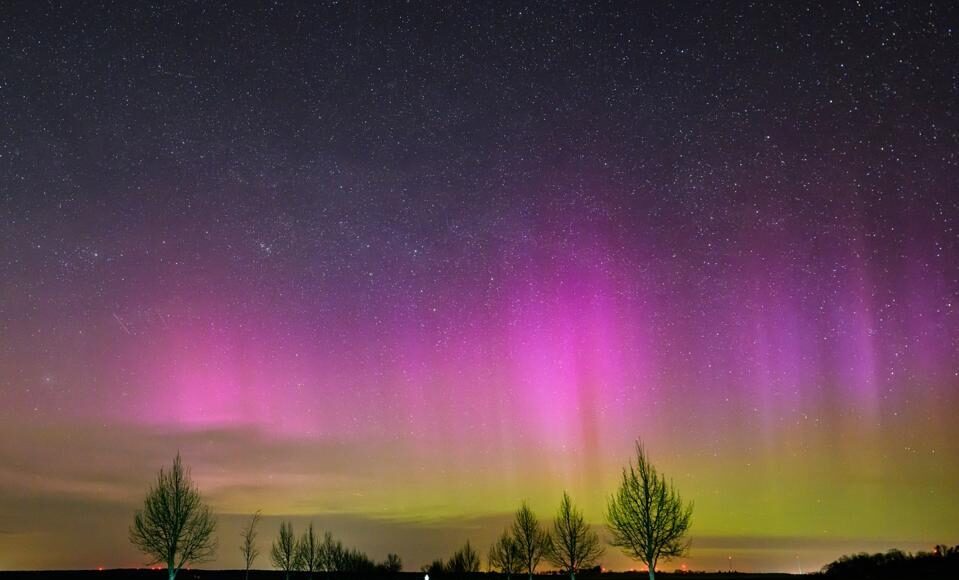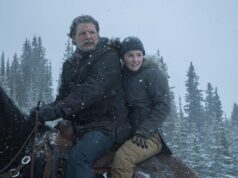About 8 states have a chance to view the northern lights Saturday night, according to a forecast from the National Oceanic and Atmospheric Administration, though projected geomagnetic storms loom in the forecast and could provoke an even stronger light show later in the weekend.
Saturday night’s aurora borealis forecast has a Kp index of 3, a measure of strength on a scale of 0 to 9, indicating “more auroral activity” that can be “quite pleasing to look at” from the right vantage point.
No geomagnetic storms, which can produce strong northern lights shows, are expected Saturday night, according to NOAA’s forecast, though it forecast storms for Monday night that could produce lights with a Kp index as high as 6.
Saturday’s lights forecast comes after an especially active few days for aurora borealis, which were forecast to be visible in about 18 states Tuesday night following a severe geomagnetic storm.
The lights are forecast to be visible in nearly all of Alaska, according to NOAA. In the continental United States, North Dakota and Minnesota have lower chances of viewing the lights. Other states that fall along the aurora’s “view line,” the furthest south point of visibility forecast by NOAA, include Washington, Idaho, Montana, Wisconsin and Michigan.
The best time to see the aurora is between 10 p.m. and 2 a.m. local time, NOAA says. The agency recommends avoiding light pollution, traveling as far south as possible and finding a high vantage point.
National Geographic recommends using a wide-angle lens and a tripod for stability. If using an iPhone, the camera app’s night mode can help make the lights pop. National Geographic also recommends using an aperture value of 4.0 or lower and adding details to the image by capturing trees, bodies of water or mountains to frame the picture.
The northern lights have made frequent appearances across the northern United States in recent months because of heightened solar activity. The sun is currently in its “solar maximum,” the period during its 11-year cycle in which solar activity, like flares and geomagnetic storms, are common. These events can produce strong northern lights, and over the past year, some especially strong solar events have led to auroras visible as far south as Florida. An exceptionally strong X9.0-level flare in October produced lights visible across much of the United States, including brightly lit cities like New York and Chicago. NASA scientists said the lights hit a 500-year peak in 2024, which it expects to continue throughout 2025 before auroral activity declines in the latter part of the decade.
Northern Lights Displays Hit A 500-Year Peak In 2024—Here’s Where You Could Catch Aurora Borealis In 2025 (Forbes)









